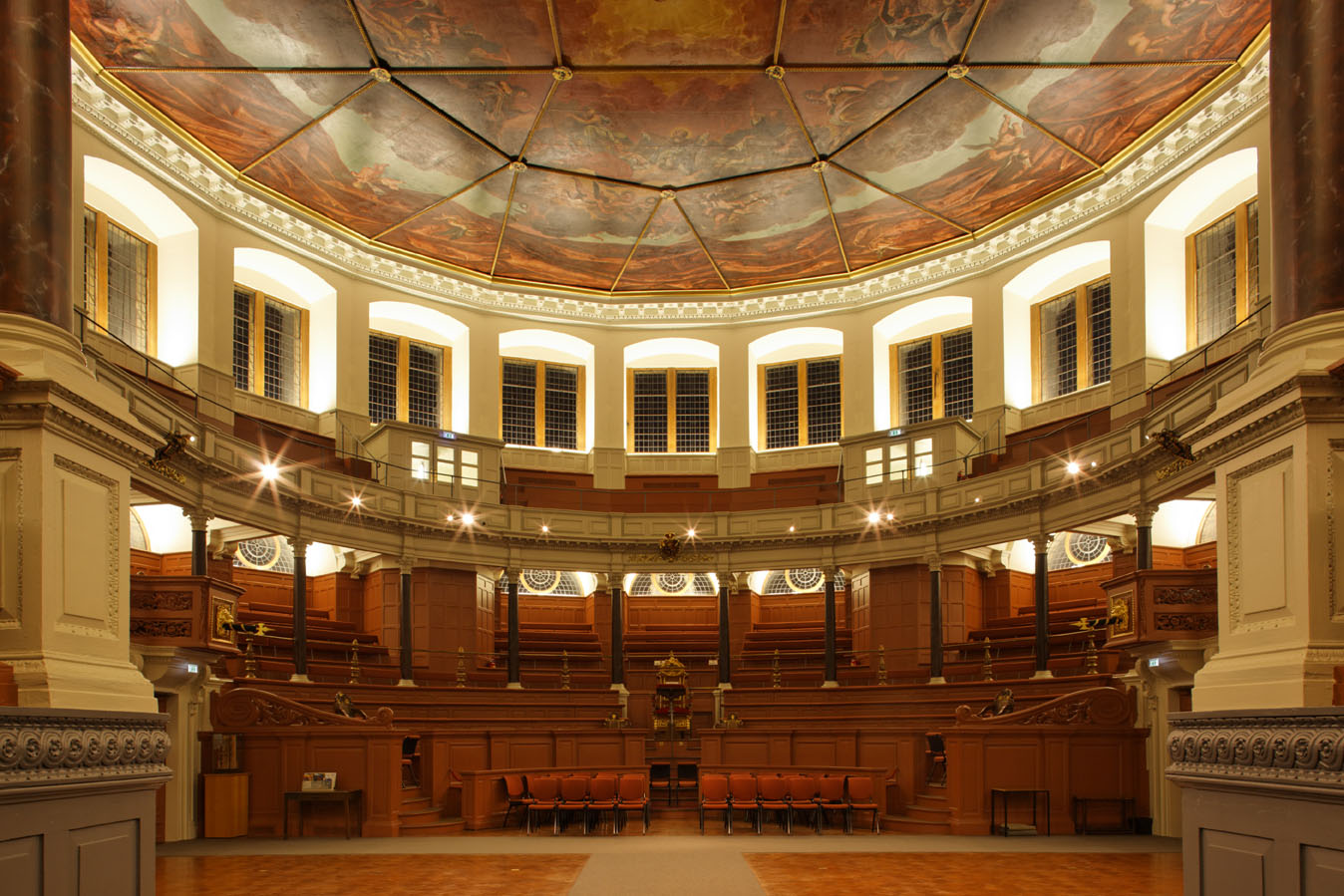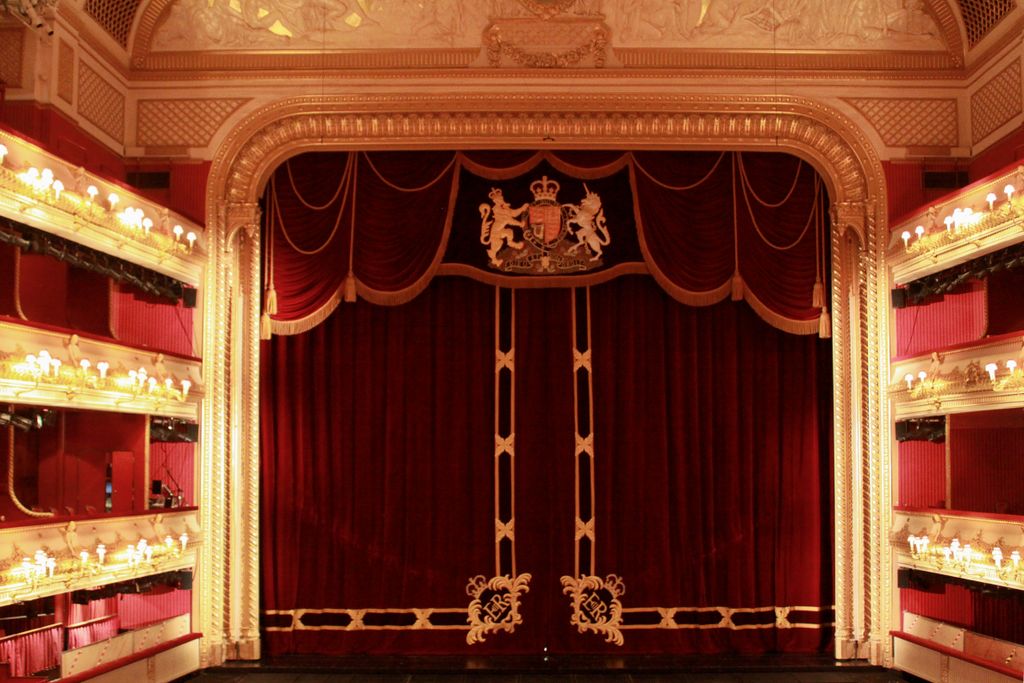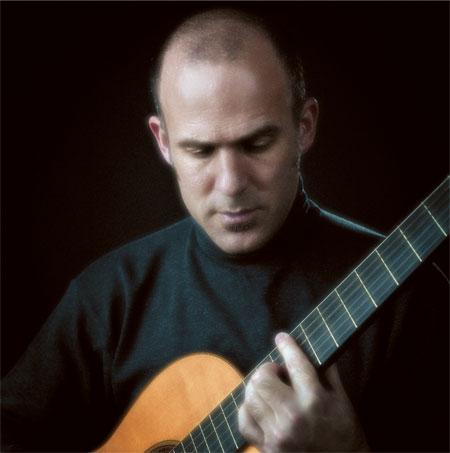The answer is probably the usual, it depends.Depends on what you have planned to build, construct, what you want to achieve. MDF in some cases good, in others not.

.There are quite a few factors to consider
Which, incidentally, leads to the conclusion: that DIY speakers in the Genelec class.Just saying, good luck with that.

I know there is good DIY, says nothing else. Only if you want to make really really good "high end" top notch and so on, it requires a lot of knowledge, experience, resources and equipment.
MDF is very damped, but it is not very stiff
Well, but brace? As with the case with subwoofer and MDF. Plywood and sub?
Okay it will be OT so it might be discussed in another thread instead. Here maybe:
Hi I am grateful if anyone could sort this out; Is there any point in having filling in a Subwoofer? The question based on the assumption of an otherwise well-constructed Subwoffer, with , for example,cross braces in the box and with steep LP filter, for example 24 dB, crossover frequency 80 Hz...

audiosciencereview.com

www.audiosciencereview.com



